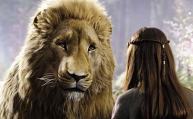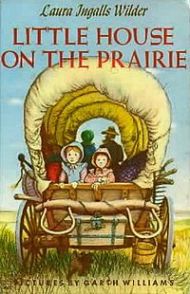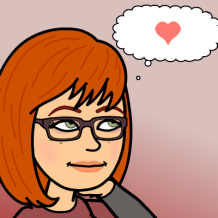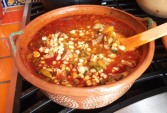Laura A. Diaz __ Teach Write
TEACHER, AUTHOR, EDUblogger "I want to (read and) write books that unblock the traffic jam in everyone's mind." ~J. Updike
A Magic Recipe for Multicultural Children’s Books?
What was the first book that got you really reading, and why?
As a little girl I was a heavy book series reader. One of these series was the Little House on the Prairie books written by Laura Ingalls Wilder. Now, one must wonder, what was it about these books that so addicted me? I was a little girl growing up in a multicultural urban city, what exactly was the magic this writer used to draw me into the world of a pioneer family that had the diversity of ( excuse my tired metaphor) Wonder Bread?
Well, I can tell you. It was Laura. There was something about her character that sang to me. Here was this plain-looking little girl that didn’t seem to fit into the expectations her family and community held up for her. Needle point and housekeeping just weren’t ‘her thing.’ She would rather be out fishing and exploring and reading books. As a child, I identified with her on an intrinsic level. No, I didn’t want to go fishing. It was the fact that she was a free spirit with a strong sense of right and wrong. And the consequence for having this genuine honest spirit was that she found herself in many a predicament. She also found herself on on the wrong side of “Nellie,” and at that time I had my own “Nellie(s)”.
One of the aspects of Best Practice Teaching concerns the importance of using students’ backgrounds, knowledge and experiences to inform learning in the classroom and during reading instruction. To me, that make a lot of sense. The logic behind this Best Practice theory is that schools and teachers should seek to create a bridge between students’ home and school lives.
However, we must admit that this ideal does not always model itself in the classroom. The reason for this, due to the demands of district and state curricular requirements,is that there is less time available for teachers to find the literature that will make those connections. Moreover, the relationship between culture and the concept of “culturally relevant teaching,” a term first coined by Gloria Ladson-Billings, PhD in the early 90’s, has not always been understood.
In an attempt to throw a bandage on this, well meaning (?) publishers began pushing out a flood of books they classified as “multicultural.” However, much of what is out there misses the mark. According to Joseph Bruchac, in an interview with Scholastic.com concerning how educators should choose Native American Literature, the key is to “ Seek out books that depict characters from a well-defined individual native nation — as opposed to generic Indians. I say this because there are popular books that were written without understanding these specific differences. For example, in Annie and the Old One by Miska Miles — which is a story of a little girl dealing with the death of her grandmother — descriptions and illustrations are totally incorrect for the Navajo culture. And no one in any Native American culture would call his or her grandmother “old one.” Books like this are insensitive due to ignorance, not through intention — but it hurts just as much.” How to Choose the Best Multicultural Books
I personally believe that even if you get the culture right,(the setting, the colloquialisms, etc.) if there is not something in the characters that “sing” to you, there will still be no identification or connection with the reader. You cannot just throw together a multicultural book with what you believe to be just the right ingredients (language, culture, etc.) without the spice (real, identifying characters) that will make it stand out from a T.V. dinner.
It’s that undefined but intrinsic difference between the posole that your grandma makes and the can of it you can buy in the soup aisle at your local grocery store.
Yup, you know what I’m saying here, right?
No, I did not identify with the culture of Laura Ingalls, anymore than I identified with the culture where the kids from the Chronicles of Narnia existed, it was the characters. I connected with their emotions, their struggles, and their perception of the world around them. There is no magic recipe that will pump out relevant multicultural books to young readers. No, publishers will have to grab their shopping bags and hit the markets (and not the local grocery store where they are used to shopping) in order to find everything they need that will produce the product our young readers actually need. 
Scholastic. com actually has an article that will help you on your quest to bring relevant multicultural books to your classroom. This article gives you a list of 50 Multicultural Children’s Books to start your search. Check it out! And you can help me out,sharing with me any books that you would like me to review. Just shoot me a message and I’ll check it out.
Happy Reading!~






Loved it!
LikeLike
Great ideas and refreshing perspective. Keep up the good work!
LikeLike
Great thoughts….. thanks for the new perspective.
LikeLike
Wow! I usually don’t make this many comments on one website. But every article I’ve read from you has been helpful and though provoking. Following you now n Twitter and I’ve signed up for notice when you post new stuff. Thanks for all you do! 🙂
LikeLike
Hi Laura!
Thank you for your insight! I’d love to know what your definition of a Multicultural novel is!
LikeLike
Pingback: Mia